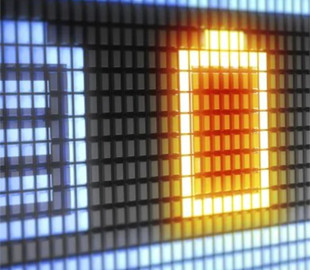
Na-S battery designs suffer from poor conductivity, low efficiency, and various safety issues. The main cause of these issues is unstable electrode-electrolyte interfaces. But scientists have found a solution.
Scientists from Fujian Normal University (China) have developed a two-salt quasi-solid polymer electrolyte (DS-QSPE) that could popularize sodium-sulfur batteries, writes interestingengineering.com.
Studies show that sodium-sulfur (Na-S) batteries can be cheaper, provide high energy density, be lightweight, withstand high temperatures and potentially have a longer service life than lithium-ion counterparts. However, they are still not widely used. Why?
Na-S battery designs suffer from poor conductivity, low efficiency, and various safety issues. The main reason for these issues is unstable electrode-electrolyte interfaces. For example, a typical electrolyte used in Na-S batteries is molten sodium beta-alumina solid electrolyte (BASE). This electrolyte is unable to prevent the formation of sodium dendrites, pointed microscopic structures that cause short circuits. Furthermore, BASE also cannot limit the activity of sodium polysulfide, a byproduct formed by the reaction between sodium and sulfur. This byproduct constantly moves between the two electrodes, reducing the battery's performance and capacity (also called the polysulfide migration effect).
To overcome these limitations, a team from Fujian Normal University developed DS-QSPE. They claim that this electrolyte can “effectively stabilize the electrode/electrolyte interfaces and suppress the polysulfide shuttle effect in Na-S batteries at room temperature”.
DS-QSPE is a quasi-solid polymer electrolyte, meaning it combines the properties of both solid and liquid electrolytes. Such an electrolyte is typically made by incorporating a liquid electrolyte into a polymer matrix, resulting in a gel-like or semi-solid material.
When the scientists tested DS-QSPE, it showed high conductivity and stable interfaces, as well as outstanding performance.
“DS-QSPE delivers a high capacity of approximately 327.4 mAh g-1 (based on the mass of SPAN) after 200 cycles at 0.2 A g-1, retaining 81.4% of its initial capacity. This performance is significantly superior to that of batteries using liquid electrolytes,” — the study authors said.
Lithium-ion batteries are great for electric vehicles and other small- and medium-sized power solutions. However, the limited availability of lithium, the grim consequences of lithium mining, and the use of heavy metals (such as nickel and cobalt) in lithium-ion batteries have forced scientists to look for alternatives.
The world needs batteries with the potential to drive the adoption of renewable energy sources on a large scale by providing a stable, efficient, and inexpensive means of energy storage, the researchers said.
Sodium-sulfur batteries are one such great option, and a new electrolyte could help energy companies realize their potential.

